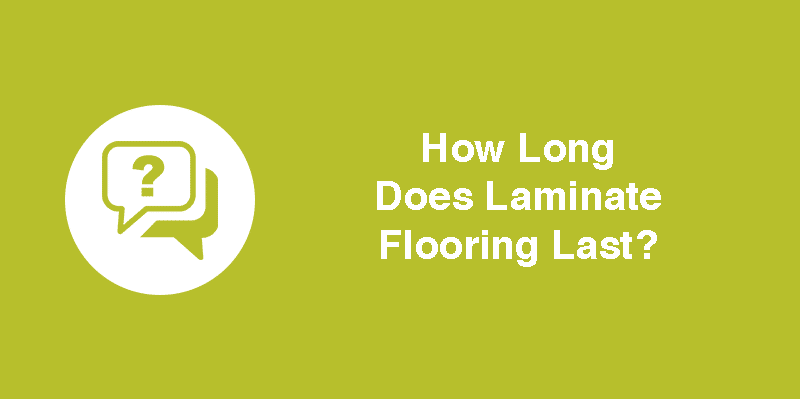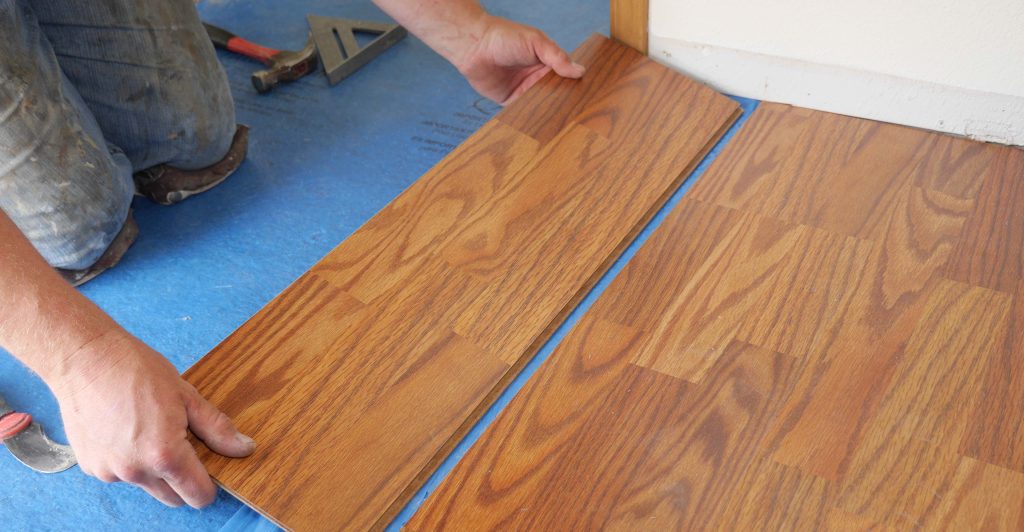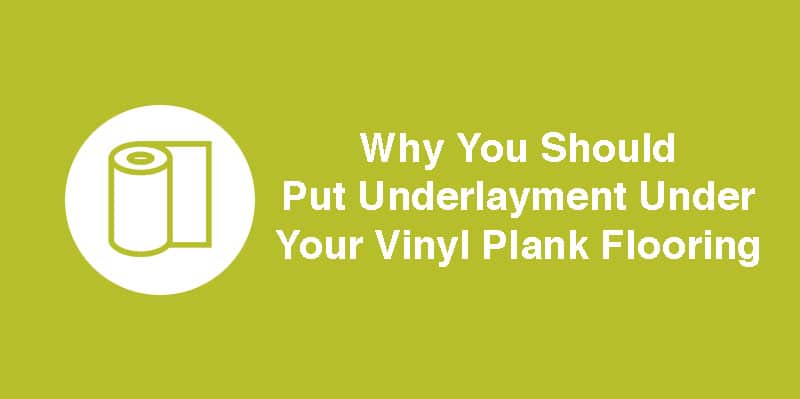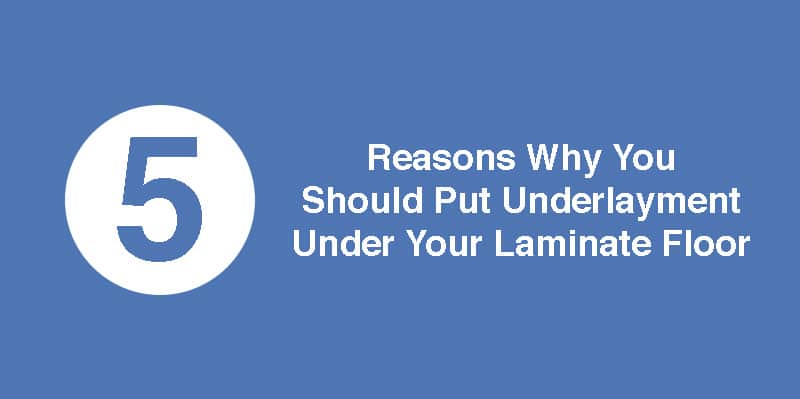Does your hardwood flooring look worn? In most cases, refinishing rather than replacing is the ideal solution. So, how long before I need to refinish hardwood flooring? And, How long does hardwood flooring last before replacement is needed? The answer has multiple factors at play, but we will make it easy to understand.
How Long Before Recoating Hardwood Flooring?
Recoating hardwood flooring is a cheaper, simpler process than refinishing. The length of time before you have to recoat is dependent on how much traffic your flooring experiences. Typically, you will have to recoat your flooring every 3-5 years. This will also drastically reduce the amount of times you have to refinish your floors.
How Long Before Refinishing Hardwood Flooring?
Refinishing wood floors is a more extensive process and gives you the look of having newly installed floors. How often you recoat your flooring and how rough you are will affect the time between refinishing’s, but typically hardwood floors are refinished every 8-12 years.
How Long Before Replacing Hardwood Flooring?
Hardwood flooring should last a lifetime if properly maintained. To ensure the maximum longevity of your hardwood flooring make sure to do the following.
Proper Installation
Make sure your subfloor is free of debris and is a smooth surface for your new flooring. For minor subfloor imperfections a high quality flooring underlayment will cover imperfections preventing them from affecting your new flooring. A solid base will set you up for long lasting flooring.
Basic Care
- Clean up any spills immediately
- Do your best to keep pets from damaging flooring
- Rearrange furniture with proper padding underneath
- Routinely clean your floor
When Does My Hardwood Flooring Need Replacement?
While it is usually best to recoat or refinish your flooring, there are a few scenarios where a full replacement will be needed.
Structural Damage
A damaged subfloor is one of the top reasons that lead to a full replacement. Multiple factors can cause a damaged subfloor like water leaks, failure to prepare the subfloor, and termites. This is why it is important to not overlook the subfloor during the installation phase. If you have sagging spots, squeaking areas of your floor, or you start to notice a musty odor, you may have structural damaged affecting your flooring.
Floor Movement
Changes in temperature and humidity can cause flooring to expand and contract. In warm, humid weather flooring will expand. In cold, dry weather flooring will contract. This process is normal and usually accounted for during installation. However, when flooring experiences substantial movement wider gaps can form and may only be fixed by replacement.
Severe Flooring Damage
Refinishing your floor can only fix so many damages. When the majority of your flooring becomes chipped, warped, or stained, refinishing may not be enough to bring back to it’s original shape. Older hardwood flooring may be nearing the end of it’s life when it has been refinished around ten times. This will cause grooves and nails to begin to show.
Join Our Newsletter
You are about to install your new flooring. As you lay the first plank you realize that








